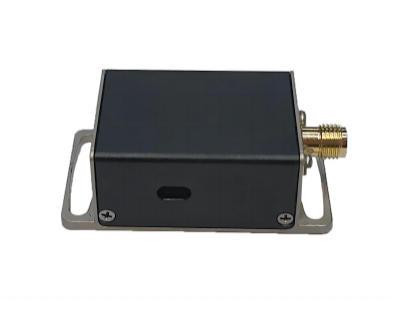Multi-wavelength laser systems are increasingly important in fields such as optical communications, biomedical imaging, and spectroscopy. These systems allow simultaneous operation at different wavelengths, providing greater flexibility and functionality. However, integrating acousto-optic modulators (AOMs) in such setups introduces unique alignment challenges, particularly because diffraction efficiency and beam steering depend strongly on wavelength.
Dependence of AOM Performance on Wavelength
The core mechanism of an AOM—Bragg diffraction—relies on a phase-matching condition between the optical and acoustic waves. Since the refractive index and diffraction angle vary with wavelength, an alignment optimized for one wavelength may be suboptimal for another. This introduces complications in systems that must simultaneously manage visible, near-infrared, or mid-infrared beams.
Alignment Sensitivity in Multi-Beam Configurations
When handling multiple beams, each at a different wavelength, small misalignments can lead to significant efficiency loss or unwanted beam distortions. For example, a slight angular deviation in the crystal orientation may cause one wavelength to diffract correctly while another passes through without modulation. Ensuring optimal alignment for all wavelengths often requires trade-offs or advanced crystal designs with broader bandwidth.
Practical Alignment Challenges
Several practical issues complicate AOM alignment in multi-wavelength systems:
Beam Overlap: Achieving spatial overlap of beams at different wavelengths while maintaining proper incidence angles is difficult.
Thermal Effects: Absorption at different wavelengths can cause uneven heating of the crystal, leading to drift in alignment.
Mechanical Stability: Long-term stability is critical, as even microradian shifts can degrade system performance.
Solutions and Mitigation Strategies
Engineers and researchers employ several strategies to overcome these challenges. Custom AOMs with wide acoustic bandwidths can accommodate multiple wavelengths more efficiently. Active alignment systems using feedback loops help maintain optimal performance over time. Additionally, using separate AOMs for different spectral regions, though increasing system complexity, provides better control and higher overall efficiency.
Future Trends in AOM Alignment
Emerging technologies, such as adaptive optics and machine-learning-driven feedback control, hold promise for automating AOM alignment in complex multi-wavelength systems. Advances in crystal engineering may also lead to materials with improved broadband performance, reducing the sensitivity to wavelength variations.
Conclusion
Acousto-optic modulators remain indispensable in multi-wavelength laser systems, but their successful implementation depends on careful alignment and wavelength-specific considerations. By addressing alignment challenges through engineering solutions and adaptive control, researchers can unlock the full potential of multi-wavelength systems in science, industry, and communications.

